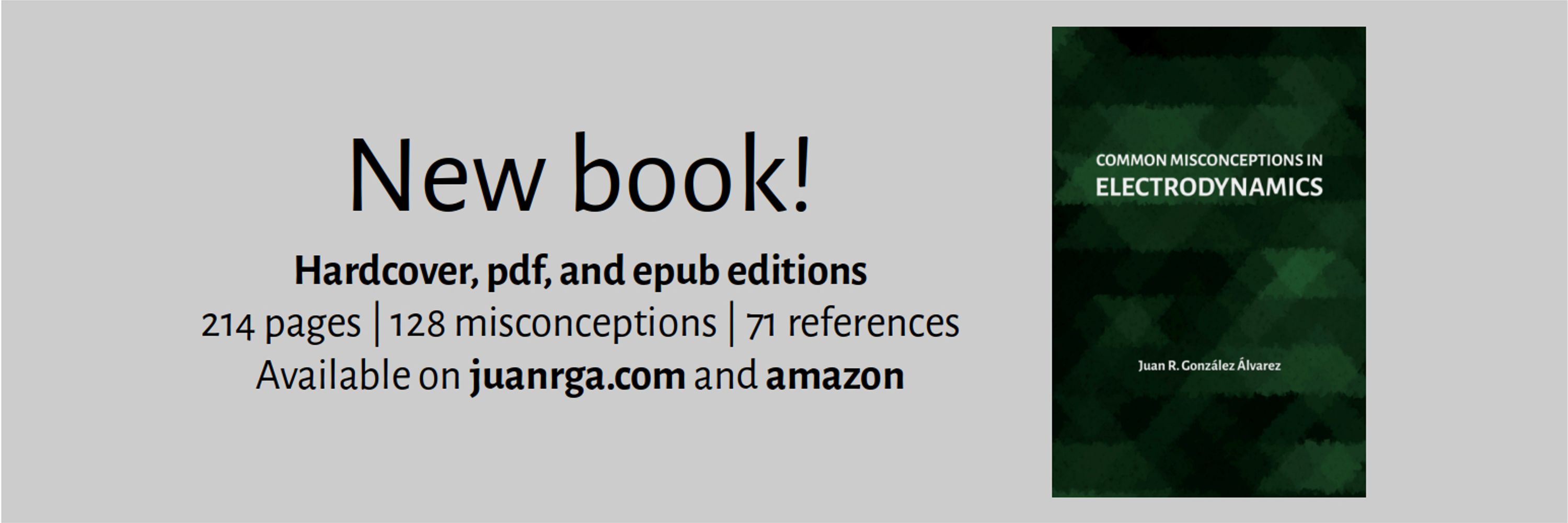
Juan R. González Álvarez
@juanrga.bsky.social
28 followers
19 following
140 posts
Fighting scientific misconceptions # Research on single potential multiscale dynamics # I write technical and popular books # juanrga.com
Posts
Media
Videos
Starter Packs
Pinned






